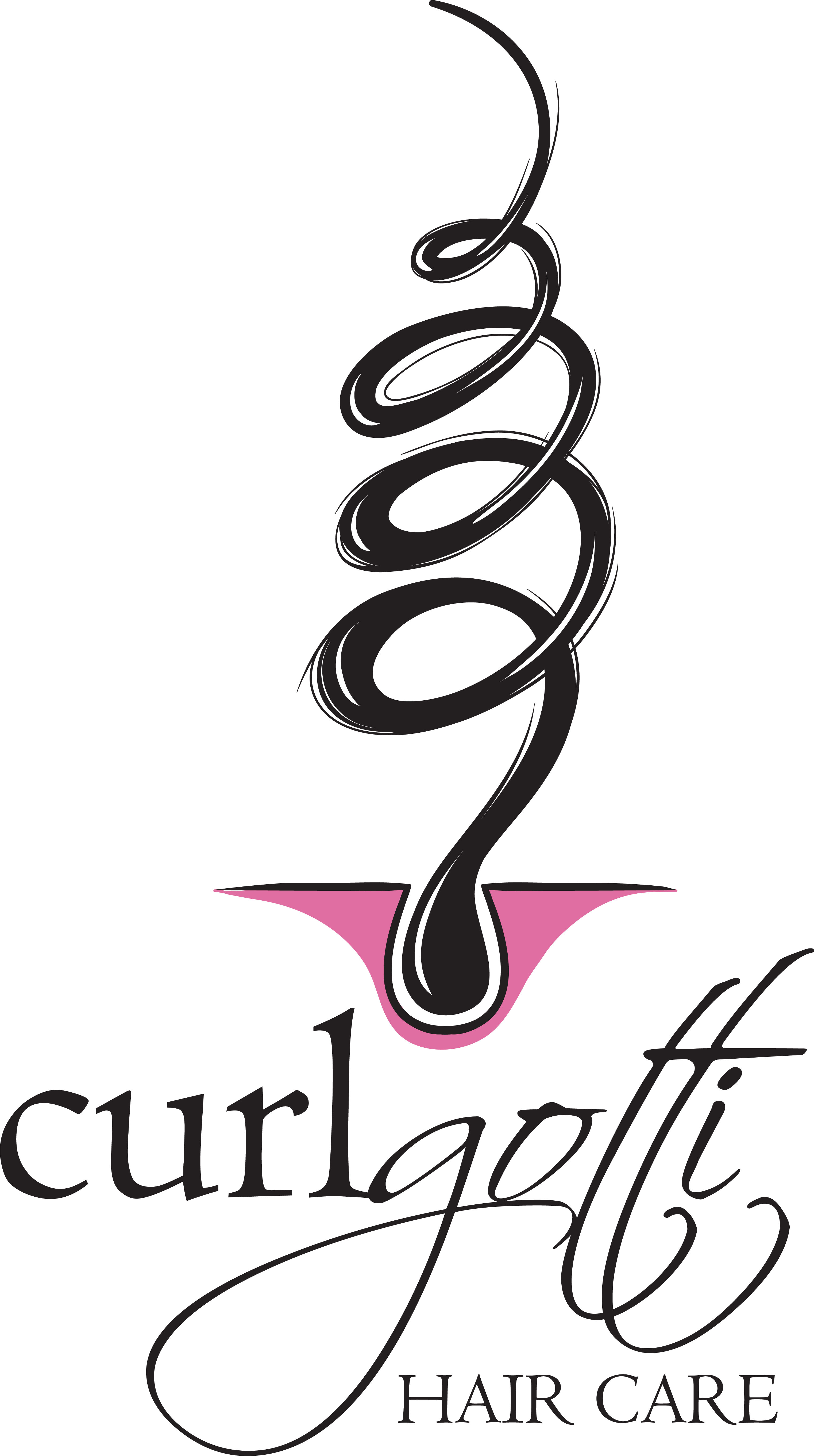Your cart is empty now.


Hibiscus is a classification of flowering plants in the mallow family. There are several different species of hibiscus native to tropical regions of the world. It is commonly used today for gardening to display its beautiful range of colored petals. In Hawaii, you may have seen hibiscus clayi being worn by Hawaiian woman, who traditionally wear the plant as a single flower in the hair.

One of the most common species is Hibiscus sabdariffa, native to North Africa and Southeast Asia. It is a woody-based, annual shrub that grows up to 3.5 meters tall. Its stem and leaves are dark green and reddish in color, while the flowers are red to yellow with a dark center. Amongst the many components that make up hibiscus, two prominent components are flavonoids and alkaloids.
Flavonoids and alkaloids are both strong antioxidants that prevent oxidative stress on hair, resulting in healthier hair. Oxidative stress is the result of the body’s lack of ability to effectively address sources of negative chemical reactions. It is a major cause of premature hair loss. Active chemicals in hisbiscus, such as flavonoids and alkaloids, make it a powerful antioxidant. The role of a flavonoid is to scavenge reactive oxygen species to prevent cell damage and oxidative stress. The presence of flavonoids in Hisbiscus is key to restore or maintain a healthy scalp.
Hisbiscus also contains vitamin B1 (thiamine), vitamin B2 (riboflavin), and vitamin C (ascorbic acid). These micronutrients are important for the function of hair follicles in cell growth and division. Vitamin B1 plays a crucial role in the production of amino acid derivatives, which are vital for hair growth (casciari, et al). Amino acids are the building blocks that form proteins, such as keratin, which is necessary for hair strength and growth. Keratin is one of the main hair proteins that structurally supports the hair and protects the hair from damage. Vitamin B2 is involved in many different processes, as well. Such processes include the activation of vitamin B6, antioxidant production, and collagen production. The hair follicle consists of collagen fibers, which are necessary to maintain a healthy scalp. Vitamin B2 helps to maintain the appropriate level of collagen to support hair growth. Vitamin C aids in iron absorption, which is necessary to provide nourishment to strengthen the hair root. It also functions as an antioxidant to prevent damage to hair follicles and prevent premature hair loss.